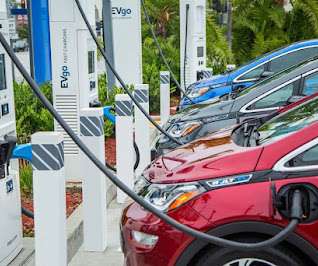Guest Essay: Climate Change Demands Southwestern PA Transition To A New Low-Carbon Energy Reality
PA Environment Daily
MAY 13, 2022
Driven by emissions from power generation and industrial activity — activity that generates jobs and economic opportunity for southwestern Pennsylvania — our greenhouse gas emissions, on a per capita basis, are about 50% higher than elsewhere in the state or country.












Let's personalize your content